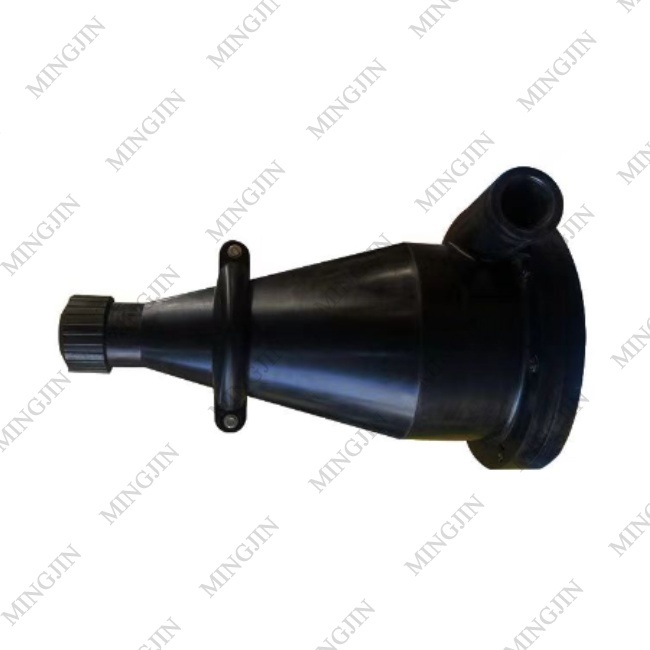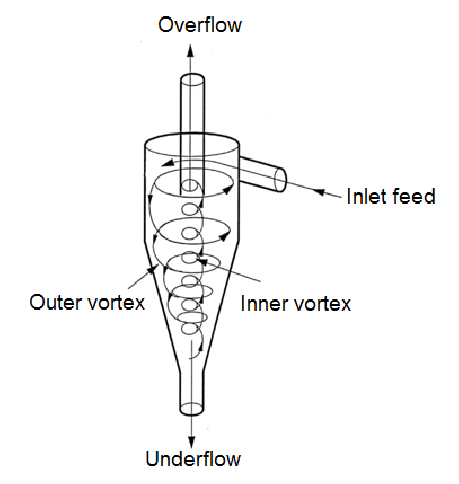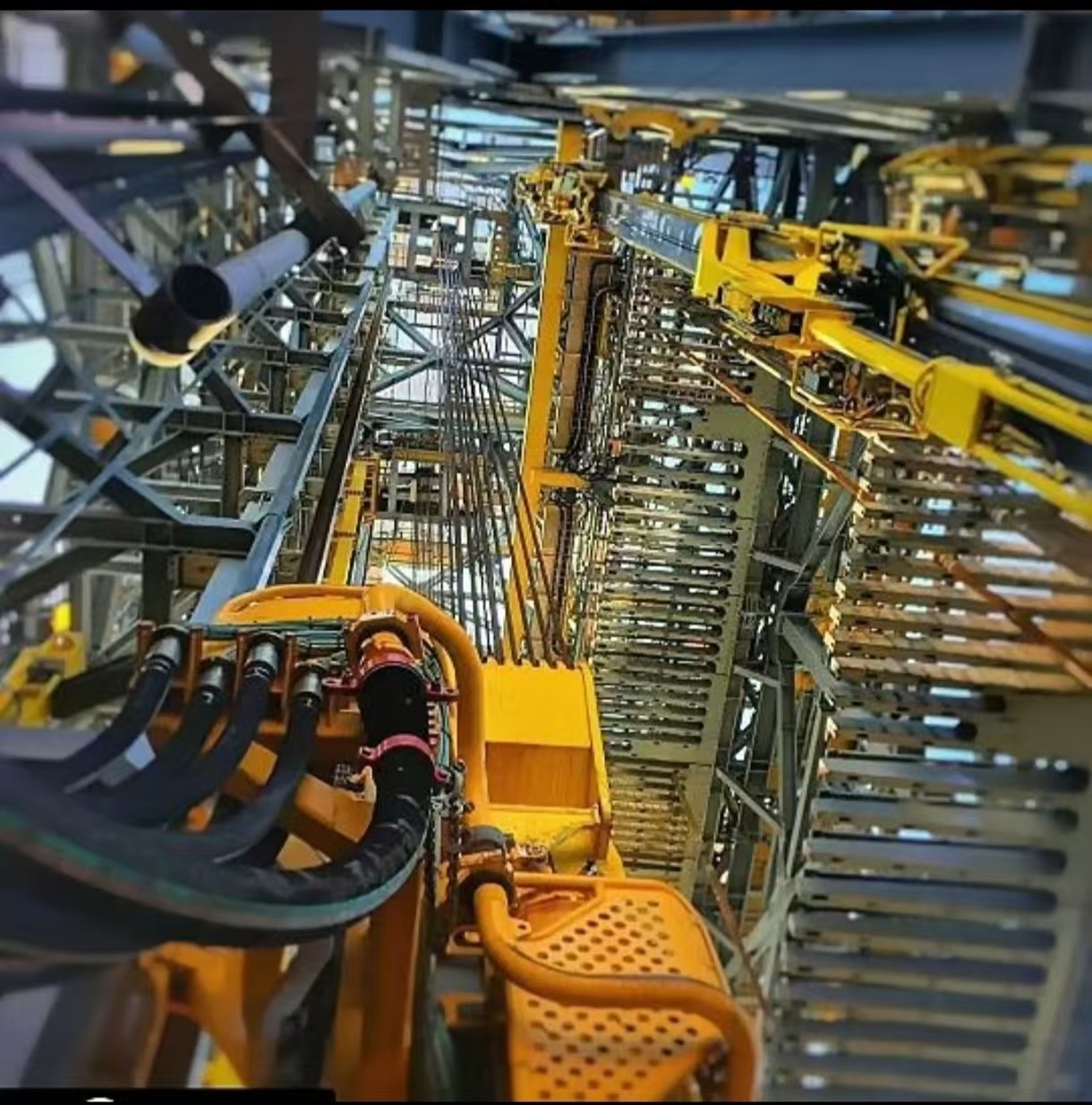Unlocking Efficiency: How Desilter Hydrocyclones Enhance Mud Separation in Chemical Processes
Apr 17,2025
Unlocking Efficiency: How Desilter Hydrocyclones Enhance Mud Separation in Chemical Processes Table of Contents 1. Introduction to Mud Separation in Chemical Processes 2. Understanding Desilter Hydrocyclones 3. Mechanism of Action: How Desilters Function 4. Benefits of Using Desilter Hydrocyclones in Mud Separation 5. Applications of Desilter Hydrocyclones in the Chemical Indu

Table of Contents
- 1. Introduction to Mud Separation in Chemical Processes
- 2. Understanding Desilter Hydrocyclones
- 3. Mechanism of Action: How Desilters Function
- 4. Benefits of Using Desilter Hydrocyclones in Mud Separation
- 5. Applications of Desilter Hydrocyclones in the Chemical Industry
- 6. Comparison with Other Mud Separation Methods
- 7. Maintenance and Optimization of Desilter Systems
- 8. The Future of Desilter Hydrocyclones in Chemical Processing
- 9. Frequently Asked Questions
- 10. Conclusion
1. Introduction to Mud Separation in Chemical Processes
In the chemical industry, efficient mud separation is paramount for ensuring product quality and operational efficiency. Mud, often a byproduct of various chemical processes, can impede production if not effectively managed. Desilter hydrocyclones are the technological marvels revolutionizing this aspect, providing reliable and efficient solutions. This article explores their functionality, benefits, and applications in enhancing overall productivity in the chemical sector.
2. Understanding Desilter Hydrocyclones
Desilter hydrocyclones are devices designed to separate particles from liquids using centrifugal force. Unlike traditional methods, they offer a compact and efficient solution for separating fine particles from a slurry, making them ideal for chemical processes where precision is crucial. Their design typically incorporates a conical shape, allowing for enhanced separation capabilities.
2.1 Key Components of Desilter Hydrocyclones
The primary components of a desilter hydrocyclone include:
- Inlet: Where the slurry enters the device.
- Vortex Finder: A central tube that allows the cleaned liquid to exit.
- Spigot: The outlet for the waste and heavier particles.
- Cone: The main body that aids in the cyclone effect.

3. Mechanism of Action: How Desilters Function
The operation of desilter hydrocyclones revolves around the principles of centrifugal force and fluid dynamics. As the slurry enters the device, it is forced into a spiral motion. This motion causes the heavier particles to move outward and downward, where they are collected at the spigot, while the lighter, cleaner liquid is siphoned off through the vortex finder.
3.1 The Role of Centrifugal Force
Centrifugal force plays a crucial role in the efficiency of desilter hydrocyclones. The rapid rotation of the slurry not only enhances separation but also minimizes the potential for clogging, a common issue with other separation methods.
4. Benefits of Using Desilter Hydrocyclones in Mud Separation
Utilizing desilter hydrocyclones in chemical processes presents numerous advantages:
4.1 Enhanced Separation Efficiency
Desilters can achieve separation efficiencies of up to 98%, significantly improving product purity and process performance. This high efficiency reduces the need for further processing.
4.2 Cost-Effectiveness
The compact design of desilter hydrocyclones translates to lower installation and operational costs. Their efficiency leads to reduced waste disposal expenses and improved recovery rates of valuable materials.
4.3 Space-Saving Design
Unlike traditional separation equipment, desilters require minimal floor space, making them ideal for facilities with limited operational areas.
4.4 Low Maintenance Requirements
Desilters are robust and designed for minimal wear, resulting in lower maintenance needs compared to other equipment. This reliability contributes to reduced downtime and increased productivity.
5. Applications of Desilter Hydrocyclones in the Chemical Industry
Desilter hydrocyclones find applications across various sectors within the chemical industry, including:
5.1 Oil and Gas
In drilling operations, desilters are employed to separate cuttings from drilling mud, enhancing the efficiency of the drilling process.
5.2 Wastewater Treatment
Desilters play a critical role in treating industrial wastewater by efficiently removing solids, thus improving water quality for reuse or discharge.
5.3 Chemical Manufacturing
In chemical synthesis and production, desilters help maintain the quality of reactants by removing impurities and ensuring a consistent flow of clean materials.
6. Comparison with Other Mud Separation Methods
When comparing desilter hydrocyclones with other mud separation methods, several factors come into play:
6.1 vs. Settling Tanks
Settling tanks rely on gravity for separation, which can be time-consuming and less efficient in separating fine particles compared to desilters, which utilize centrifugal force.
6.2 vs. Filter Presses
While filter presses can achieve high levels of separation, they often require significant maintenance and can lead to higher operational costs. Desilters, being low-maintenance, provide a more efficient alternative.
6.3 vs. Other Hydrocyclones
Standard hydrocyclones may not achieve the same level of separation for fine particles as desilters, which are specifically designed for this purpose.
7. Maintenance and Optimization of Desilter Systems
To maximize the efficiency of desilter hydrocyclones, proper maintenance and optimization are crucial.
7.1 Regular Inspections
Conducting regular inspections of components such as the vortex finder and spigot ensures optimal operation and early detection of wear.
7.2 Flow Rate Adjustments
Optimizing the flow rate entering the desilter can significantly enhance its performance. Maintaining the correct flow rate ensures that the cyclone operates within its designed parameters.
7.3 Monitoring Performance Metrics
Utilizing performance metrics, such as the separation efficiency and particle size distribution, allows operators to adjust settings for optimal performance continually.
8. The Future of Desilter Hydrocyclones in Chemical Processing
The future of desilter hydrocyclones in the chemical industry looks promising, with ongoing advancements in technology aimed at improving efficiency and effectiveness. Innovations may include digital monitoring systems for real-time performance tracking and the integration of smart technologies to optimize operations further.
9. Frequently Asked Questions
9.1 What are the primary advantages of using desilter hydrocyclones?
Desilters provide enhanced separation efficiency, cost-effectiveness, a compact design, and low maintenance requirements compared to traditional methods.
9.2 How do desilter hydrocyclones compare to traditional separation methods?
Desilters utilize centrifugal force for more efficient separation of fine particles, making them superior to settling tanks and filter presses in many applications.
9.3 What industries benefit most from desilter hydrocyclones?
Industries such as oil and gas, wastewater treatment, and chemical manufacturing benefit significantly from the use of desilter hydrocyclones.
9.4 How often should desilter hydrocyclones be maintained?
Regular inspections should be conducted as per operational requirements, with a focus on key components like the vortex finder and spigot to ensure optimal performance.
9.5 What advancements can we expect in desilter technology?
Future advancements may include digital monitoring systems and smart technologies that enhance operational efficiency and performance tracking.
10. Conclusion
Desilter hydrocyclones represent a significant advancement in the field of mud separation within the chemical industry. Their ability to provide high efficiency, cost savings, and low maintenance requirements makes them an invaluable asset in modern chemical processes. As technology continues to evolve, the role of desilters in enhancing productivity and operational efficiency will undoubtedly expand, paving the way for a more efficient and sustainable chemical industry. Embracing these innovations is not just an option; it is a necessity for companies aiming to stay competitive in a rapidly changing market.
Key words:



